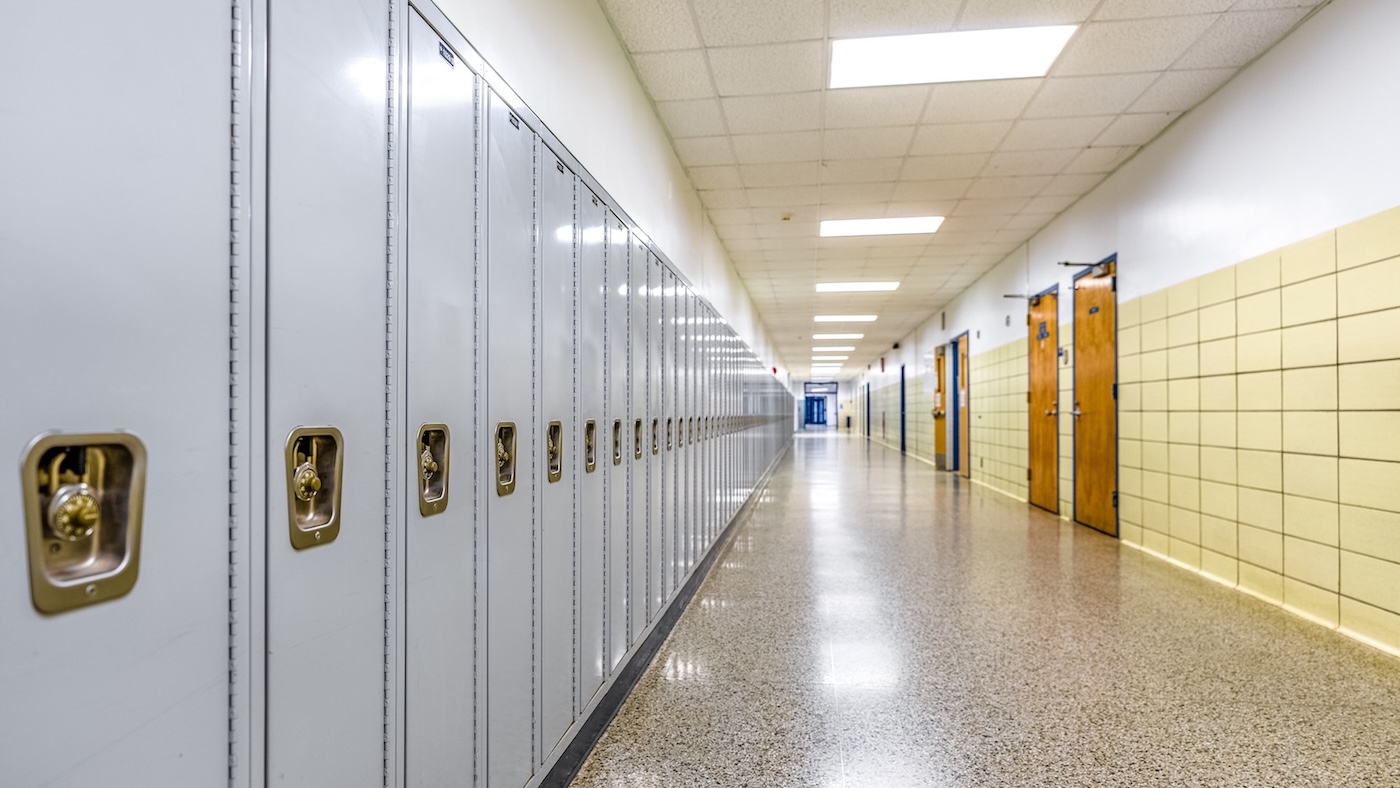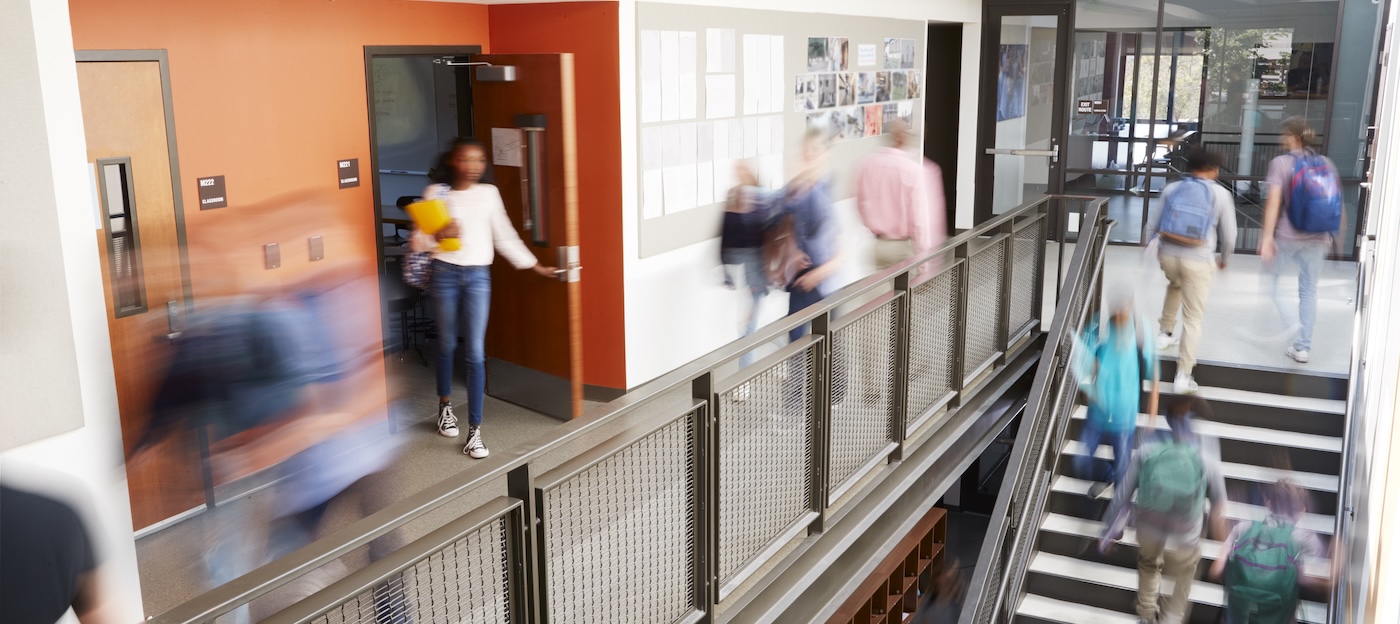
College and university campuses contend with a wide range of complex safety challenges: from something as simple as unauthorized entry into a specific area or building to tense demonstrations stoked by social media or even threats of active violence on campus.
While safety has always been a priority across college campuses, many of the systems and processes in place today were built for a different kind of threat landscape. Universities and colleges are rethinking their approach to emergency preparedness and response, and turning to technology as a force multiplier.
Modern, hybrid cloud-based physical security solutions today — when they are managed on a unified platform – can enable faster, more coordinated response times and clearer end-to-end communication among the many different stakeholders in a college community. The benefits of implementing these kinds of technologies are especially evident when we look at lockdown scenarios.
The Mechanics Of A Lockdown
A lockdown scenario is one of the most complex and high-stakes events a campus can face. It’s not just about locking doors – it’s about coordinating a rapid, organization-wide response that may span multiple campuses, dozens of buildings, and thousands of people. In moments when every second counts, clarity and speed are critical.
Traditionally, lockdown efforts have relied on a patchwork of systems: manual door locks, paper floor plans, and time-consuming processes for notifying students, staff, and authorities. But lockdowns are triggered by an immediate threat to safety – the kinds of threats where outdated processes and approaches can create dangerous delays.
This is exactly where new technology can save critical time and be a force multiplier for campus security and personnel.
Technology Built For Real-Time Responses
When critical building infrastructure like physical security can leverage the cloud, it unlocks greater flexibility and accessibility. This means that no matter where security personnel may be–on-the-go or at a security operations center (SOC) – they can communicate and take action immediately. Security teams can configure these cloud-based physical security platforms in all kinds of ways, whether to simultaneously notify key staff members and first responders when a lockdown triggers, or to specify particular door lockdowns based on the location or nature of the lockdown trigger. Further, with broad libraries of APIs, it is now also possible to integrate lockdown events with emergency notification systems that can push real-time alerts to students, faculty, and staff via text, mobile app, email, and more.
The benefits of streamlined communication with cloud-based solutions also extend to the broader campus community, specifically first responders and law enforcement. Cloud-based security cameras natively integrated with access control can be configured to instantly provide critical visual context for emergency personnel the moment a lockdown is triggered. And when first responders arrive, modern systems can allow them to enter through the use of emergency credentials or easy and quick remote access grants–allowing them to move freely through secured areas while the rest of the campus remains locked down. This kind of visibility, coordination, and ease of communication can make all the difference during an emergency when seconds count.
Ultimately, speed is critical in a lockdown scenario. When campuses secure their doors via cloud-based systems, they can remove the guesswork and take action within seconds. Administrators can rest assured that when a lockdown triggers, every cloud-connected door – whether it is 50 or 5,000 – immediately locks and can be verified via mobile app or web browser.
Foundational to all of these elements–flexibility, accessibility, visibility, and speed – is reliability. Capabilities like encrypted peer-to-peer communication, which allow hybrid cloud devices to securely communicate with each other over a Local Area Network, act as a fail-safe in the event of a service disruption and allow administrators to trigger a lockdown even if there is no internet.

Preparing For The Unpredictable
While technology plays an essential role, it’s only one piece of the puzzle. The most effective campus safety strategies combine modern tools with clear protocols, regular training, and cross-functional coordination. Schools must ensure that staff can confidently initiate a lockdown, students understand how to respond, and local first responders are familiar with both the campus layout and the systems in place.
Widely adopted frameworks like the I Love U Guys Foundation’s Standard Response Protocol (SRP) provide a strong foundation for that shared understanding, aligning language, expectations, and actions across all stakeholders. Routine drills, tabletop exercises, and post-mortem reviews are equally critical.
At the end of the day, campuses of all kinds have a shared goal: ensuring that students and faculty have a safe and secure environment to learn. New security technologies and tools today that are native to the cloud help administrators and security staff ensure that when the unpredictable happens, they can take immediate action with the most effective and easy-to-use tools available.
This article originally appeared on Facility Executive.




